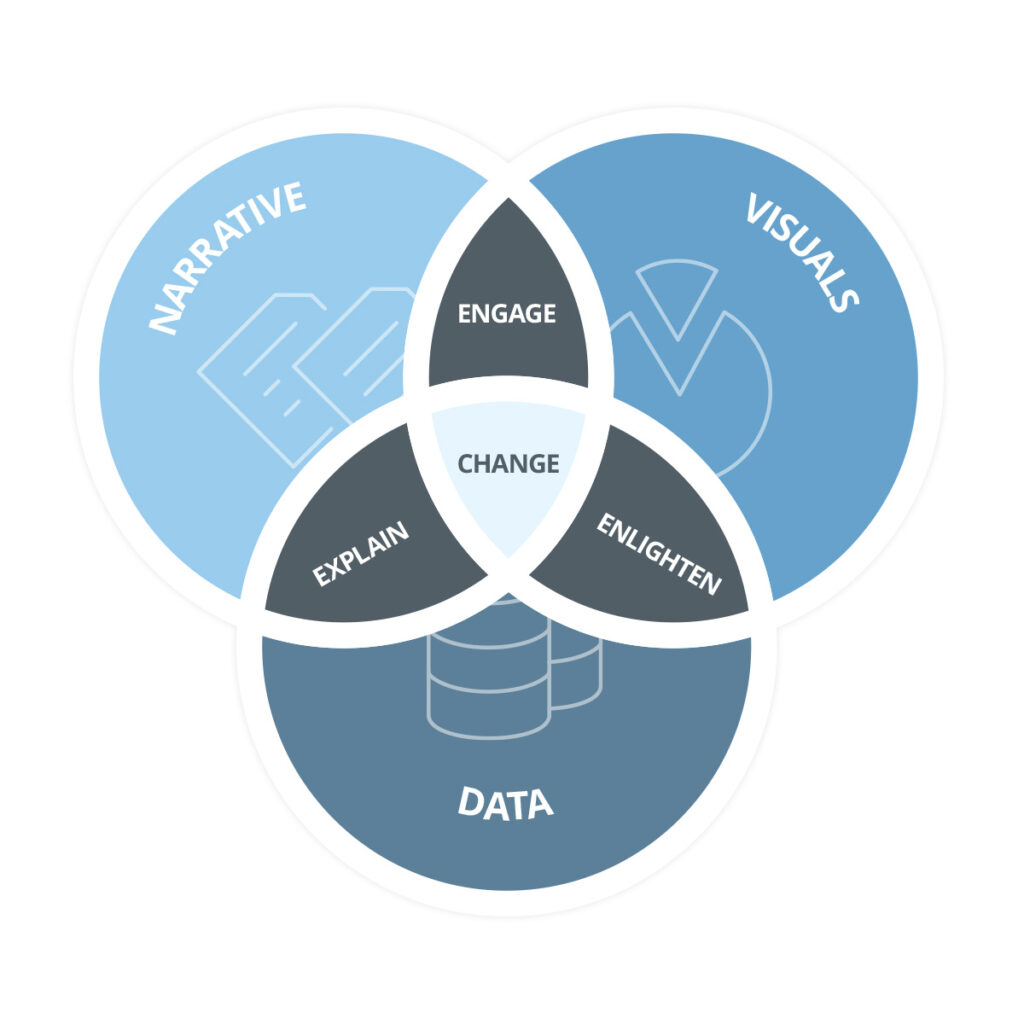
The rate that businesses collect data today is phenomenal. You can now collect data on every aspect of your business and, in fact, your life. Despite the surgence of solutions, such as BI tools, dashboards, and spreadsheets over the recent decades, businesses still are unable to fully take advantage of the opportunities hidden in their data. Dashboards and spreadsheets only tell you what is happening But they do not tell you why.
BI tools, dashboards and spreadsheets have a number of limitations:
- Data wrangling and manual reporting is still prevalent. The need for human intervention slows data analytics and communications within organisations.
- These tools only present data as numbers and charts. They lack the vital component of narrative for effectively communicating information and insights.
- Current tools make scaling information requests impossible. Most marketing, sales, operations and analytics teams lack the resources and time to respond to all requests for reporting from every level of a company, including external stakeholders such as customers.
So how can enterprises transform their data centre into a profit centre, where all stakeholders benefit from having access to relevant data, shared in a language and format that suits them? The answer is simple: adopt a data storytelling culture in your company.
Why is Data Storytelling the Future?

Data storytelling is a methodology for communicating information, tailored to a specific audience, with a compelling narrative. It is the last ten feet of your data analysis and arguably the most important aspect. Evolutionarily, as Humans, we are naturally hard-wired to share stories as a means of sharing information. Theorists even suggest that storytelling was the primary launchpad for the transmission of knowledge across large groups of people, which formed cultures as we know them today and allowed evolutionary success across generations. Now, with so much data available to us, only data storytelling can put a human perspective on the increasingly complex and rapidly changing world of the digital era.
Data storytelling merges three key fields of expertise:
- Data science: This field of expertise is the interdisciplinary field of sciences, which extracts knowledge and insight from data, making it readily available. This exciting field has made significant changes to our daily lives in the past couple of decades. The technologies we take for granted are all driven by this field of expertise, but there is one thing that data scientists are not naturally skilled in: Storytelling. Data scientists are often skilled at, collecting and delivering data, but lack the skills to relay a true understanding of the opportunities hidden in the data delivered.
- Visualisations: The emergence of technology solutions such as dashboards became a natural solution in aiding us to comprehend our vast amounts of data collected. Transforming data into graphs, pie, and line charts meant we could see our data like never before, however, alone data visualisations have limitations. They provided at-a-glance snapshots of data, lacking the context needed to explain why something has happened.
- Narrative: The third and, somewhat, most vital part of a data story is the narrative. Narrative uses language in a format that suits our particular needs, augmenting our full comprehension of new information. A narrative is a key vehicle to convey insights, with visualisations and data being important proof points.
What Makes Up a Good Data Story?
Data storytelling is about communicating your insights effectively, giving your data a voice. A good data story leverages three major components: Data, narrative, and visuals. The data component is simple, we must have the accurate data, to reach correct insights.
The visual component enables us to spot trends and patterns in datasets, which are not easily seen in the rows and columns of spreadsheets.
The narrative components which concern the simple language used to describe the data can be seen as giving a voice to the data. Each data point is a character in a story – a protagonist – with its own story to tell. Combined together, narrative, data, and visuals can create data stories which drive change in businesses.
Data Storytelling is not a new concept as companies have been attempting it for many years now and have seen the success.
